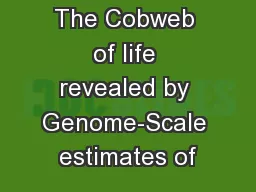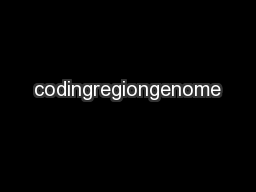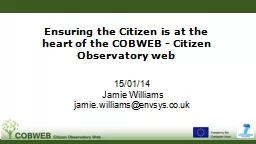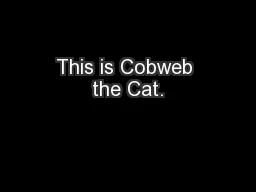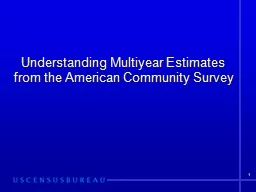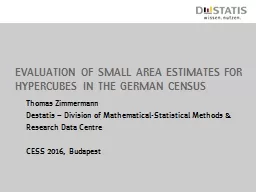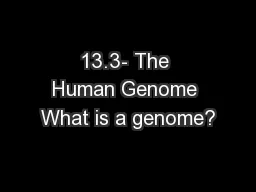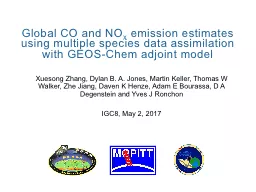PPT-The Cobweb of life revealed by Genome-Scale estimates of
Author : ellena-manuel | Published Date : 2015-11-09
Horizontal Gene Transfer Fan Ge LiSan Wang Junhyong Kim Mourya Vardhan Outline Controversy The extent of HGT affecting the core genealogical history Examination
Presentation Embed Code
Download Presentation
Download Presentation The PPT/PDF document "The Cobweb of life revealed by Genome-Sc..." is the property of its rightful owner. Permission is granted to download and print the materials on this website for personal, non-commercial use only, and to display it on your personal computer provided you do not modify the materials and that you retain all copyright notices contained in the materials. By downloading content from our website, you accept the terms of this agreement.
The Cobweb of life revealed by Genome-Scale estimates of: Transcript
Download Rules Of Document
"The Cobweb of life revealed by Genome-Scale estimates of"The content belongs to its owner. You may download and print it for personal use, without modification, and keep all copyright notices. By downloading, you agree to these terms.
Related Documents

